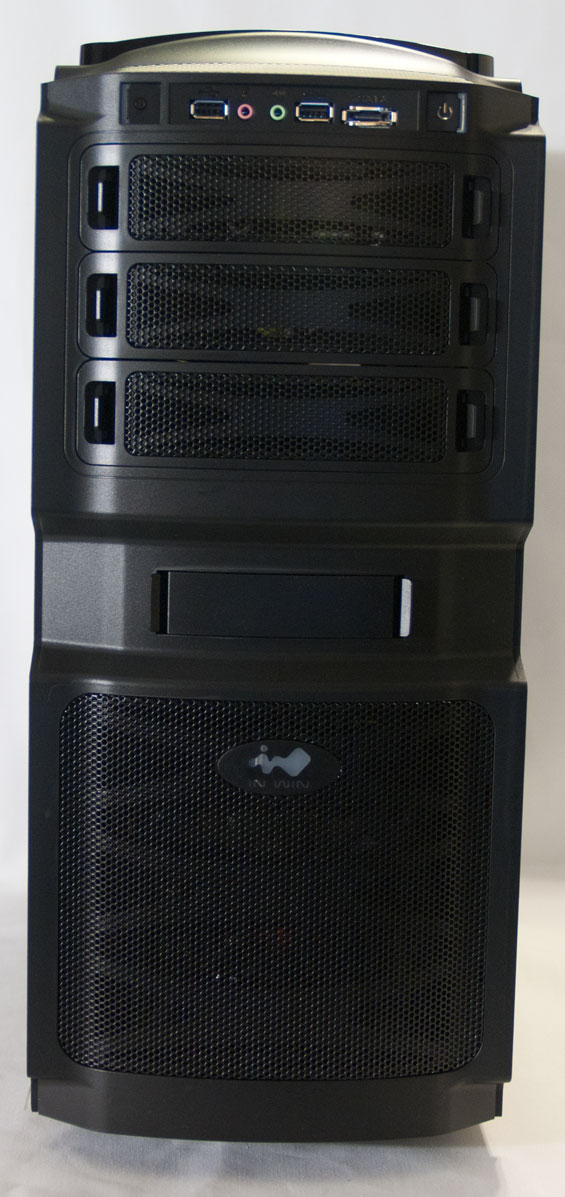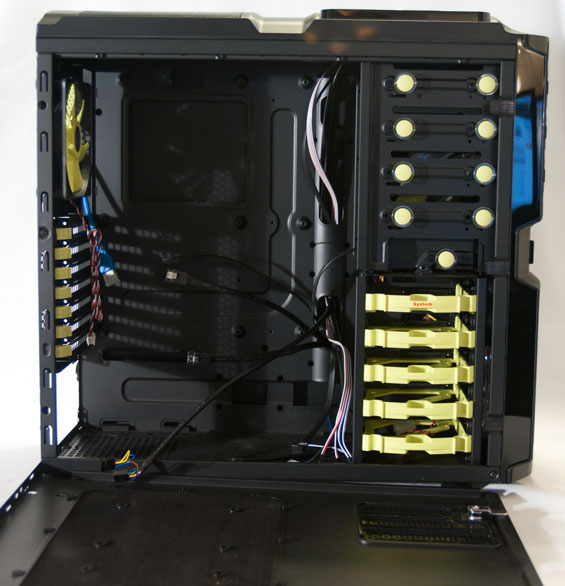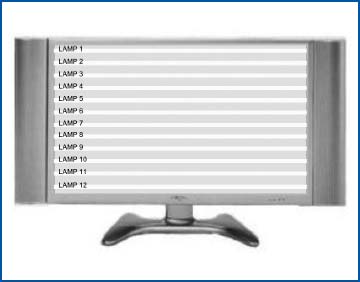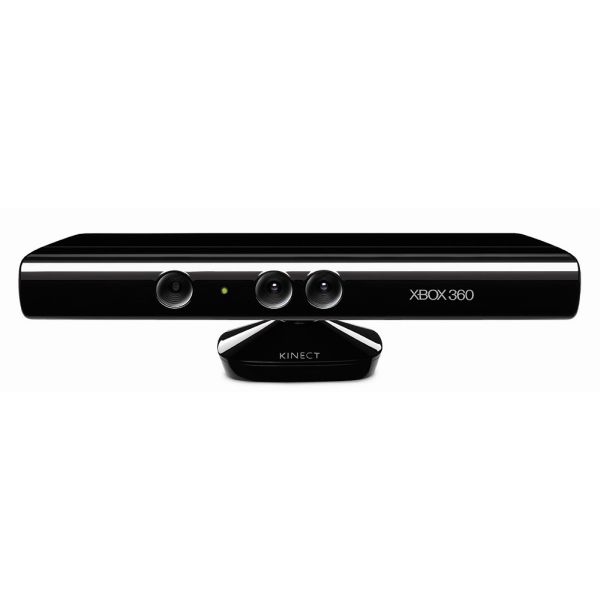"The dependency service or group failed to start" when starting the Spooler Service. Error code= Error 1068
Do you have ever see that message when Error Occur on your PC?
Now I Have solutions (-my wish-) for you...(^_^). Check it out.
To resolve the problem, fix the dependency information for the Spooler service.
Click Start, Run (Command Promt Window) and type the following:
CMD /K SC CONFIG SPOOLER DEPEND= RPCSS
Alternately you can access from Registry Editor. The Steps are...
Click Start, Run and type Regedit.exe
Navigate to the following branch
HKEY_LOCAL_MACHINE \ SYSTEM \ CurrentControlSet \ Services \ Spooler
In the right-pane, double-click the DependOnService value
Delete the existing data, and then type RPCSS
Close Regedit.exe window
1. Click "Start," "All Programs," "Accessories" and "Run."
2. Type "Services.msc" into the Run dialog and press "Enter."
3. Scroll down in the list of services, right-click "Print Spooler" and click "Properties."
4. Click the "Startup Type" box and click "Automatic."
5. Click the "Start" button under "Service Status."
6. Click "OK", Close the services window.
7. Restart your computer, and good luck...
READ MORE - The Spooler Service. Error code = 1068
Do you have ever see that message when Error Occur on your PC?
Now I Have solutions (-my wish-) for you...(^_^). Check it out.
To resolve the problem, fix the dependency information for the Spooler service.
Click Start, Run (Command Promt Window) and type the following:
CMD /K SC CONFIG SPOOLER DEPEND= RPCSS
Alternately you can access from Registry Editor. The Steps are...
Click Start, Run and type Regedit.exe
Navigate to the following branch
HKEY_LOCAL_MACHINE \ SYSTEM \ CurrentControlSet \ Services \ Spooler
In the right-pane, double-click the DependOnService value
Delete the existing data, and then type RPCSS
Close Regedit.exe window
If all steps above failed then you can try this way...
1. Click "Start," "All Programs," "Accessories" and "Run."
2. Type "Services.msc" into the Run dialog and press "Enter."
3. Scroll down in the list of services, right-click "Print Spooler" and click "Properties."
4. Click the "Startup Type" box and click "Automatic."
5. Click the "Start" button under "Service Status."
6. Click "OK", Close the services window.
7. Restart your computer, and good luck...















